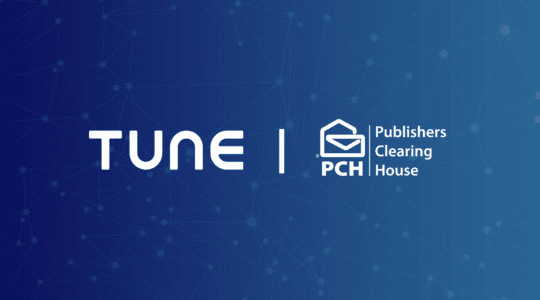
TUNE has long promoted cookieless tracking. Even before browsers started to frown upon cookies as a storage method, and Apple ITP said “good riddance” to them altogether, we saw the issues with their longevity and their impact on tracking accuracy for pixel-based offers, also known as client-side tracking offers. Even back then, users were clearing their browser’s cookies and cache frequently, using incognito windows, or even switching browsers. We used to say (through support tickets and other media) that we could never guarantee the accuracy of pixel offers since they relied on cookies, which were totally dependent on the user’s behavior.
Letting the Cookie Go
Acknowledging that the cookie was no longer the gold standard of session tracking, TUNE went cookieless, coined the term “postback,” and promoted postback tracking (also known as server-side tracking).
Postback tracking is still the most accurate way to track user sessions, because the session identifier is associated with the user’s session on the advertiser’s web property. This type of server-side tracking can support cross-device tracking (as long as the advertiser does), stay dormant for years between actions, and still be 100% accurate.
However, the postback has one major flaw. It is, objectively, pretty tricky to set up. To support server-side tracking to the accuracy described above, an advertiser must build a tracking integration that traverses their entire stack:
- The session identifier value must be captured by the landing page
- The value must be stored until the user is identified (local session storage)
- The value must then be passed through the data layer
- The value must have a column in the user store (or its own table)
- The data layer must also support recalling this value
- All transactions must look up this information
- All transactions must trigger a webhook or callback url
- All of these triggered events must be logged
The process is quite laborious, and it’s not natively supported by most e-commerce platforms. Throughout my time at TUNE, I have coached hundreds of customers through this procedure, and it is always time-consuming and labor-intensive. However, considering that Google finally joined the anti-third-party-tracking-cookie movement with its February 2020 Chrome 80 cookies update, and iOS 14 IDFA updates promise to make 2021 very interesting for mobile, we see cookieless tracking as more important than ever.
TUNE Cookieless Tracking
That is why I am ecstatic to announce that TUNE has released a JavaScript snippet for cookieless tracking. The goal of the service is to support highly accurate tracking for web and mobile web traffic, with less than 5% session loss, and no more effort to implement than a standard pixel — client-side, of course. You can learn more about this type of tracking and how it compares to others in our Track Star whitepaper. Cookieless living at its finest!
This cookieless tracking service is already available to all TUNE Partner Marketing Platform advertisers. To our network and publisher customers, don’t worry! If your advertisers use this service, you also receive the benefit of more accurate tracking — as long as you use postback (server-side) tracking along with it.
If you are an advertiser and are interested in learning more about TUNE Cookieless Tracking, please reach out to your dedicated customer success manager or email our sales team at [email protected].
Author
Becky is the Senior Content Marketing Manager at TUNE. Before TUNE, she handled content strategy and marketing communications at several tech startups in the Bay Area. Becky received her bachelor's degree in English from Wake Forest University. After a decade in San Francisco and Seattle, she has returned home to Charleston, SC, where you can find her strolling through Hampton Park with her pup and enjoying the simple things in life.




Leave a Reply
You must be logged in to post a comment.